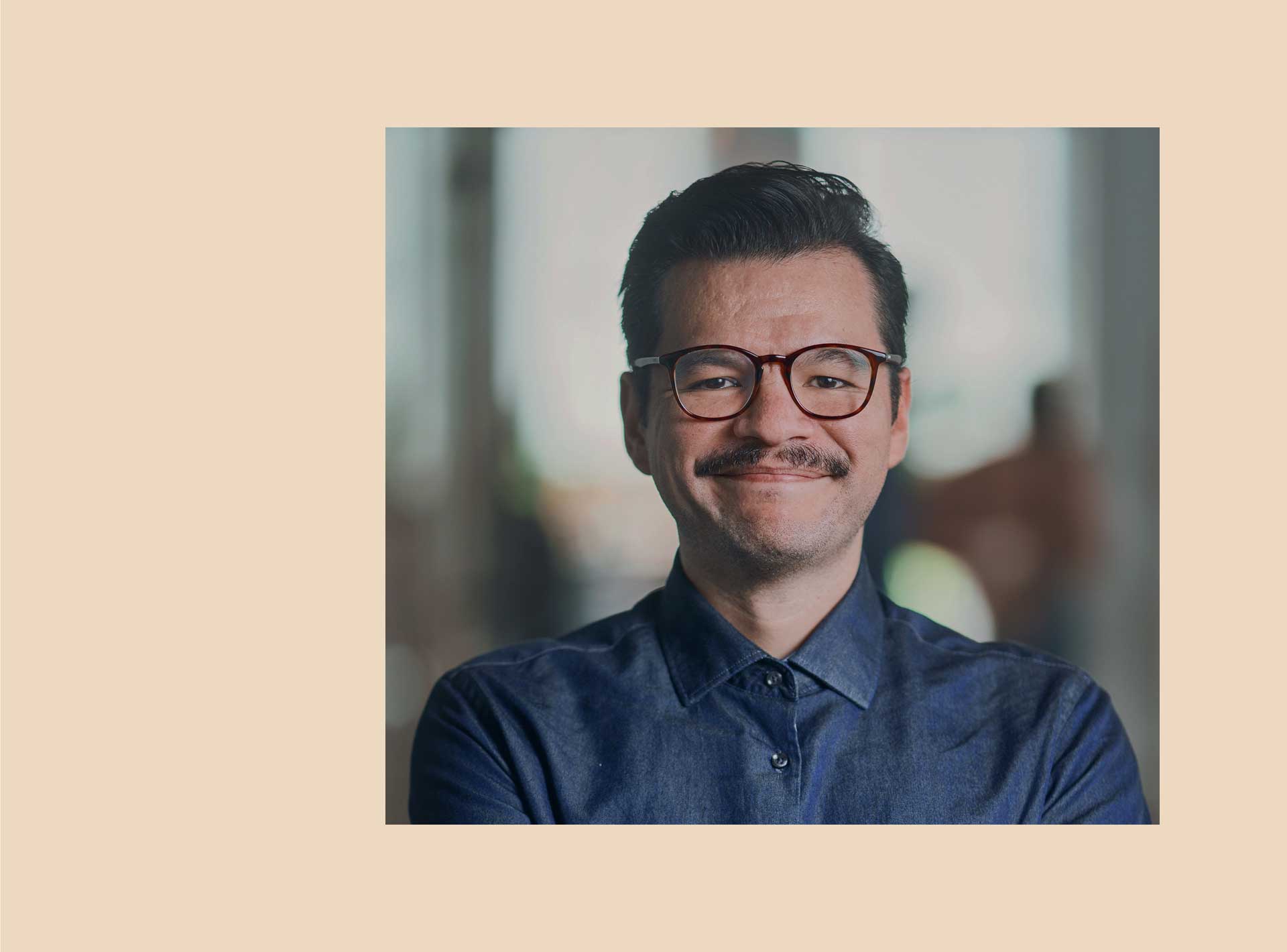What excites you most about the role of 3D in branding today? How has the perception of 3D changed in the last few years?
In the past five years, we’ve seen big shifts. Blender, once seen as the “studio mascot”, is now mainstream, free, easier to use, and accessible to pretty much anyone with a computer. Then there’s the rise of AI image generation. Ten years ago, the idea that someone with no clue what “raytracing” even means could create a detailed, art-directed render would’ve been unthinkable.
Back then, only experienced 3D artists could bring surreal concepts or entire worlds to life. Now, there are even prompt templates that can get you something similar in minutes. It feels like 3D The Dark Ages (I’m a Doom fan), no more exclusive circles of Maya veterans or Cinema 4D MoGraph bros. Just having a pretty render isn’t enough anymore.
This shift has brought in a wave of generalists, which, honestly, it sounds better than it actually is. It’s easier to learn new tools, plug 3D into different workflows, and find your place in the industry. Brands are also shifting. They’re not just staying with the traditional elements (color identity, logos, etc), they’re pushing boundaries, and asking for whole digital environments, animation styles, materials (you’ve seen last week’s keynote and the whole “liquid glass” trend, right?), and unique assets that still feel imaginative. That’s where 3D is heading, and it’s exciting to be part of it. And the best thing? AI can give you ideas which elements can be pushed to create 3D branding, but YOU are who’s going to develop them. No 5-minute fixes, but your craftsmanship and expertise will define it.
Can you walk us through a recent 3D project you worked on that pushed creative or technical boundaries?
One of our recent projects really pushed both creative and technical boundaries. The brief was super open, basically just “make our metal motors look sexy.” So we kicked things off with a classic Miro board, gathered some references, and quickly realized this had the potential to be a flagship piece.
We didn’t want to just showcase the motors. We wanted to create something people could feel. We came across an old render from ABB’s robotics division and used it as a starting point. From there, we took things in a bold direction. We built a dark, atmospheric environment where light did the heavy lifting. It revealed just enough to highlight the industrial design, textures, and shapes in a dramatic way.
When the client saw the renders for the first time, they were genuinely shocked. They had never seen their products presented like that. We produced a one-minute hero film, with about 75 percent of it in full CG. Thanks to high-end GPU rendering, we were able to create dozens of photorealistic shots in weeks instead of months.
To give it that cinematic polish, we used tools from film post-production, the kind you’d normally see in Hollywood pipelines. In the end, we didn’t just deliver a beautiful result on time. The project became a benchmark for both the client and our team.
How can 3D storytelling elevate brand communication, especially in complex B2B contexts?
At the end of the day, making beautiful renders or pretty images just isn’t enough anymore. With all the tools available now, anyone can generate a nice-looking picture in seconds. What really matters is the story behind it. People don’t want a list of specs like “this phone has a processor with 4GB of GPU.” They want to know that the phone won’t crash when they’re trying to pay at the supermarket. That’s what makes it real for them.
In B2B, it’s even more important to connect on that level. Your audience already understands complexity. What they need is clarity, relevance, and trust. 3D storytelling helps bring that to life. It gives you the chance to explain the core value of a product in a way that feels human.
Use all the tools we have today to shift perspective and find better ways to communicate. Ask what the most important feature is, the one that makes a real difference in someone’s daily work. Then build your story around that. It’s not always about big dramatic moments. Sometimes it’s the quiet, reliable things that speak the loudest.
It’s not heroes who keep the darkness at bay, but the deeds of ordinary folk. That’s what people remember. That’s where great 3D storytelling can really make a brand stand out.

